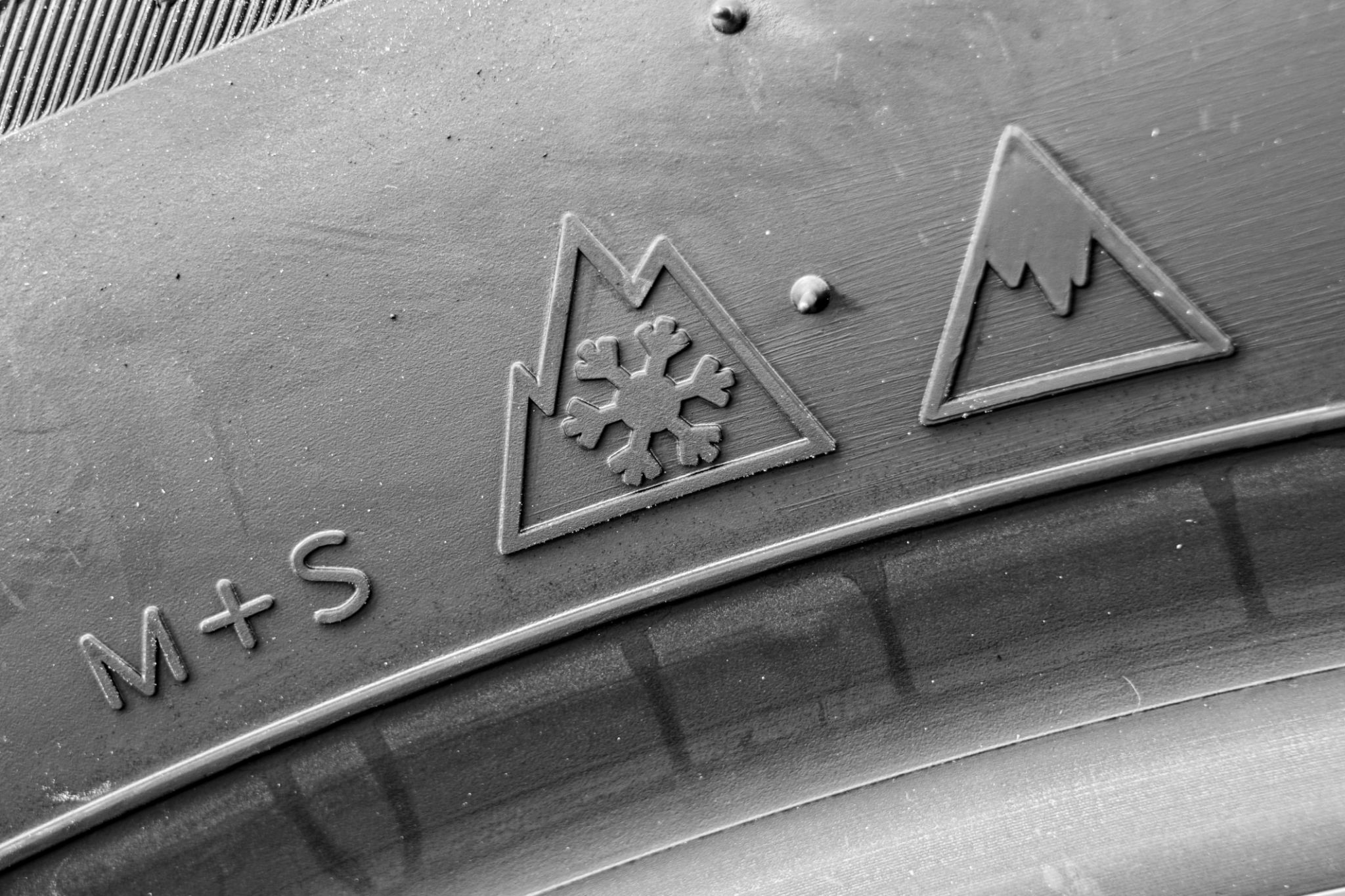Seasonal Car Maintenance: Preparing Your Vehicle for Canadian Winters
Understanding the Importance of Seasonal Car Maintenance
As the winter months approach, preparing your vehicle for the harsh Canadian climate is not just advisable but essential. The frigid temperatures, ice, and snow can take a toll on your car, affecting its performance and longevity. By taking proactive steps now, you can avoid unexpected breakdowns and ensure a smooth driving experience throughout the season.

Check and Replace Fluids
One of the first steps in winterizing your car is to check all its essential fluids. Start with the engine oil; switching to a thinner oil can help your engine run smoothly in cold conditions. Ensure that your coolant system is topped up and contains the right mix of antifreeze to prevent freezing. Don’t forget the windshield washer fluid, as it’s crucial for maintaining visibility in inclement weather.
Inspect Tires and Brakes
The right set of tires is critical for safe winter driving. Consider investing in high-quality winter tires that provide better traction on icy and snowy roads. Check the tire pressure regularly, as it can drop with the temperature. Additionally, inspect your brakes to ensure they are in top condition, as stopping distances can increase significantly in winter conditions.

Battery Health and Performance
The cold can be particularly harsh on car batteries, often reducing their efficiency. Before winter sets in, have your battery tested to ensure it's holding a charge well. Clean any corrosion from terminals and make sure connections are secure. If your battery is over three years old, consider replacing it to avoid unexpected failures.
Maintain Visibility
Visibility is often compromised during Canadian winters due to snow and ice accumulation. Ensure your windshield wipers are in good condition and replace them if they're leaving streaks. Use a winter-grade washer fluid to prevent it from freezing in the reservoir or on the windshield.

Check Lights and Heating System
Proper lighting is crucial during short daylight hours and snowy conditions. Test all your vehicle's lights, including headlights, tail lights, and indicators, replacing any burnt-out bulbs. Additionally, ensure your heating system is working efficiently to keep you warm and defrost your windows effectively.
Emergency Kit Essentials
No matter how well-prepared you are, emergencies can happen. Equip your vehicle with an emergency kit containing essentials like blankets, a flashlight, road flares, a first-aid kit, jumper cables, and non-perishable snacks. These items can be lifesavers if you find yourself stranded in icy conditions.

Conclusion
Preparing your vehicle for Canadian winters requires attention to detail and a proactive approach. By addressing these key areas, you can enhance your car's performance and safety during the coldest months of the year. Remember, a little preparation now can save much trouble later, ensuring you enjoy a safe and comfortable winter driving experience.
